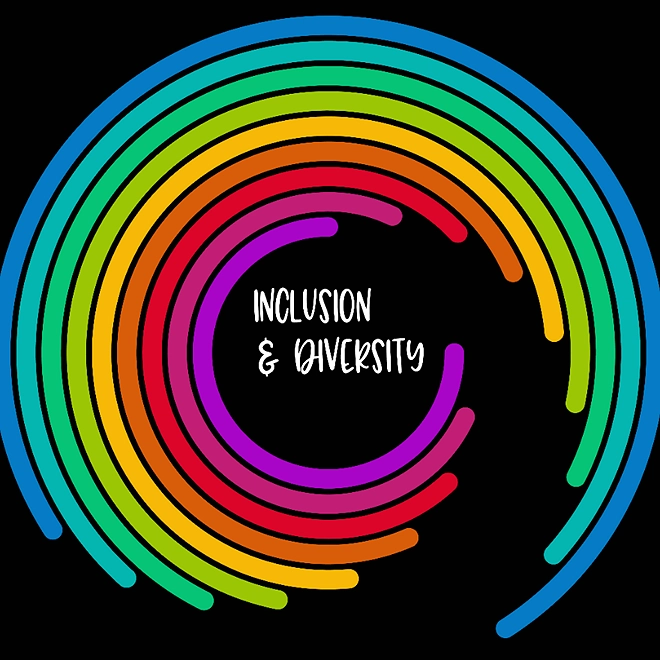Gender Pay Gap Report 2022
Reducing our gender pay gap, increasing our transparency
We have published the 2022 Deloitte Ireland Gender Pay Gap Report. Communicating and being transparent on the gender pay gap helps us
drive further progress and hold ourselves accountable towards better balance.
What is a gender pay gap?
Not to be confused with the issue of equal pay, the gender pay gap shows the difference in the average hourly rate of pay between female and male employees. It is expressed as a percentage of average male earnings.
In this report, we share our ambition and strategy for achieving a better gender balance within our business. We believe reporting on the gender pay gap will support us in meeting our targets.
We publish our gender pay gap and gender bonus pay gap based on the recently enacted legislation which excludes partners. However, we recognise that this is a limited measure given that it is at the partner level, as the business owners, where we must see meaningful change in gender balance. We have, therefore, included an additional section in the report on how we are thinking about the make-up of our partnership, and how we are holding ourselves accountable regarding our ambition of better balance.
2022 headline figures
The metrics in our report show our overall gender pay and bonus gap based on hourly rates of pay as of the snapshot date of 30 June 2022, and bonuses paid in the year to 30 June 2022.
Under the Regulations, we are required to report our gender pay gap data for each separate legal entity that has at least 250 employees.
Because we consider it important to review and be transparent about, the picture for all employees, we have included all our Republic of Ireland employees in our salary and bonus gap calculations.
Our gender pay gap, as of 30 June 2022, arises because fewer senior positions within the firm are held by women; and those women in senior roles have, on average, less tenure.
Whilst women now make up 47% of our overall workforce, in June 2022, our senior leadership group is made up of 28% female partners and 44% female directors (the grades attracting the highest level of remuneration).
- The data shows a reduction in our gender pay gap – decreasing by 2.6% since 2018, to 7.5% today – and even more so our bonus pay gap, which has fallen to a greater extent over the same period.
- There has been almost no change from our reported figures for 2021 as the snapshot date from September 2021 included the 2021 reward cycle. The 2022 reward cycle happened after our snapshot date of 30 June 2022. The small change in our gender pay gap is primarily a result of attrition and hiring.
- In addition, the 2021 calculations are based on target earnings and hours worked, whereas the 2022 calculations are based on actual earnings and hours worked as set out by the regulation.
- While we maintain focus on increasing the number of women in senior positions, we are also working hard to minimise any in-grade gaps. Our analysis shows that the average gender pay gap within grade pools is
–2.2% (7.6% in 2018).

* Our 2018 and 2021 calculations include Deloitte Northern Ireland and are based on a different methodology, as calculations were done in advance of Irish legislation being published and enacted in 2022. The 2018 and 2021 calculations are based on target earnings and hours worked, whereas the 2022 calculations are based on actual earnings and hours worked.
Addressing the gap
As part of the overall Deloitte strategy to foster inclusion, in 2021 our CEO and leadership team agreed to our refreshed gender balance strategy. This extensive and detailed plan – which was derived through analysis of our career lifecycle from a gender perspective and extensive consultation with our employees over a few years – comprises a number of targeted interventions and, most critically, a focus on our culture and ways of working.
Our plan includes the following actions:
- Using targets and metrics to build and monitor the talent pipeline
- Sponsorship, mentoring and development opportunities
- Strengthening our gender balance network
- A range of supports for all working parents, including enhanced leave policies
- Normalising flexible working, through the implementation of Deloitte Works
- Continuing to build a culture of diversity, respect and inclusion
We are committed to progressing our gender balance action plan and building upon the progress made to date, which has seen the proportion of female partners increase from 13% in 2012 to 28% in 2022. We are resolute in our target of 35% female partners by 2025.
More details on other actions taken in the past year to improve gender balance are outlined in the report including our launch of a Return-to-Work
programme with Women Returners.
Calculating the gender pay gap
The gender pay gap is calculated by adding up the wages of all relevant employees and dividing the figure by the number of employees.
The gender pay gap refers to the difference between what is earned, on average by women and men, based on the average hourly earnings of all Deloitte Ireland employees - not just people doing the same job or at the same level or working pattern.

